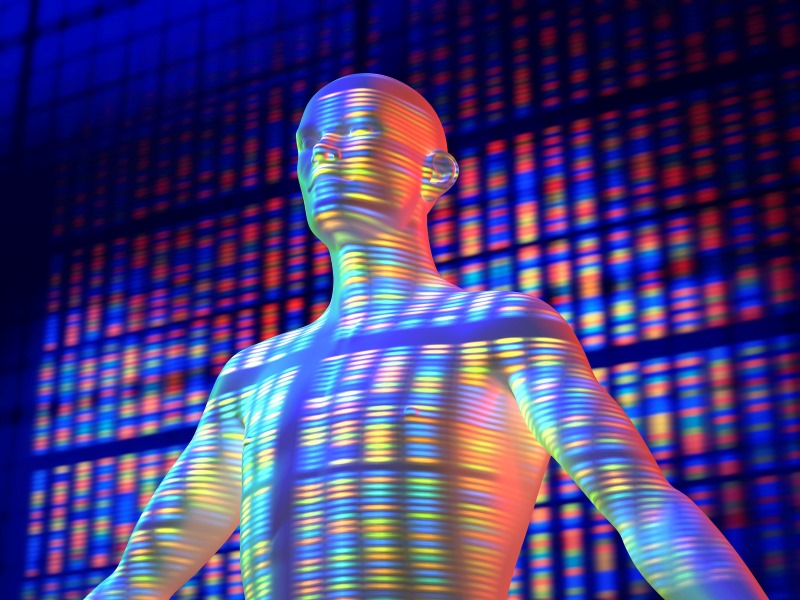About Cholecystitis
Cholecystitis, also known as gallbladder problems, is a common condition that affects the gallbladder, a small organ located in the gallbladder area of the abdomen. The gallbladder produces bile to help with digestion, and bile is stored and released in the gallstones. However, if a gallstone forms and becomes stuck in the gallbladder, it can cause severe pain, known as cholecystitis. This condition can be caused by a number of factors, including genetics, obesity, and certain medications. Treatment typically involves using medications to dissolve the gallstone, or using a procedure called cholecystectomy to remove the gallbladder. In some cases, cholecystitis may be a complication of another condition, such as gallstones or liver disease. It is important to seek medical attention if you experience symptoms of cholecystitis, as untreated gallbladder problems can lead to more serious complications.
Major Symptoms of Cholecystitis
Cholecystitis is a common condition characterized by severe abdominal pain, bloating, and a tenderness to pressure with certain movements. The pain typically occurs in the gallbladder, which is a small organ located in the upper abdomen that stores bile. This condition may be caused by a blockage of the gallbladder or a bacterial or viral infection that spreads to the gallbladder. Other symptoms may include nausea, vomiting, loss of appetite, and a low-grade fever. Treatment typically involves using medications to help dissolve the blockage or to treat any underlying infection. Surgery may be necessary in severe cases.
Suitable Lifestyle for People with Cholecystitis
Cholecystitis is an inflammation of the gallbladder that often causes pain and discomfort in the right upper abdomen. People suffering from Cholecystitis are suitable for the following lifestyle:
1. Healthy diet: Cholecystitis patients should avoid foods high in fat, high cholesterol and high salt, such as fried foods, desserts and high-salt foods. It is recommended that the diet be based on vegetables, fruits, whole wheat bread, chicken breast, fish and beans, with moderate amounts of fat and protein.
2. Control weight: Patients with Cholecystitis should control their weight and avoid obesity and overweight. This can reduce pressure on the gallbladder, relieving pain and discomfort.
3. Dietary rules: Patients with Cholecystitis should try to follow a regular diet, eat breakfast, lunch and dinner on time every day, and increase the number of meals appropriately.
4. Eat small and frequent meals: Cholecystitis patients should eat small and frequent meals as much as possible, and eat several times a day, such as three meals and two snacks, to avoid overeating at one time.
5. Avoid irritating foods: Cholecystitis patients should avoid irritating foods, such as coffee, alcohol, and spicy foods, which may irritate the gallbladder and cause pain and discomfort.
6. Moderate exercise: Cholecystitis patients should engage in moderate exercise, such as walking, yoga, and Pilates, which can help reduce pain and discomfort and enhance the body's immunity.
7. Seek medical treatment regularly: Patients with Cholecystitis should seek medical treatment regularly and receive medical treatment and observation. During the period of remission, regular check-ups should also be carried out to ensure that the condition does not relapse or worsen.
Other Health Conditions
Related Products


